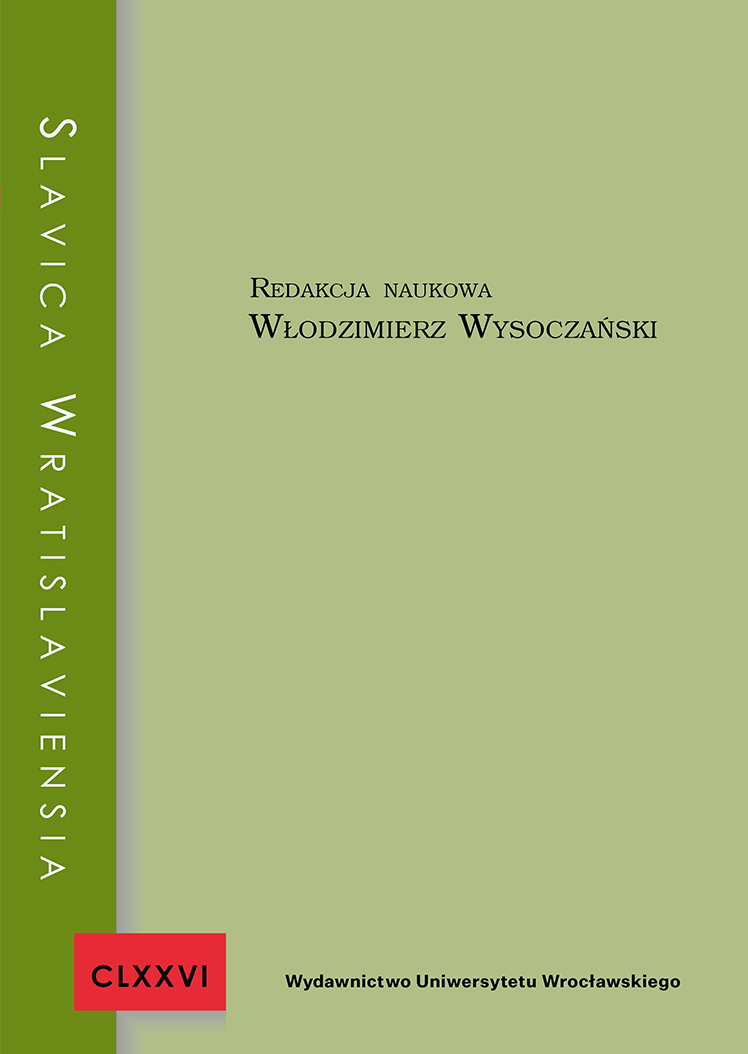

Статьи

This article presents an analysis of the characters in Goce Smilevski’s novel Freud’s Sister (2003–2010) and presents the theories of the Austrian psychiatrist, with which the narrator argues. The title character, on behalf of whom the narration is being conducted, is portrayed through psychoanalytic statements based on the memory and awareness of childhood traumas, the interpretation of dreams, and the analysis of the three-component structure of her personality at different points in her life. In her reasoning, the protagonist often refers to the theories of her famous brother, but does not always agree with his opinion. Smilevski, basing the plot on many facts from the life of Sigmund Freud and his family, does not set himself the goal of creating a biographical novel. Since information about the younger sister of the creator of psychoanalysis is rather scarce, the writer creates a story of a woman who became a forgotten victim of family relationships and social foundations at the turn of the 19th and 20th centuries.